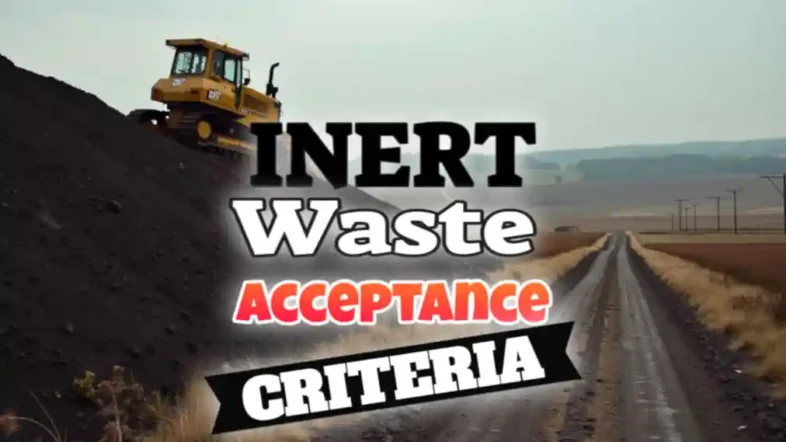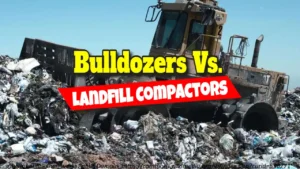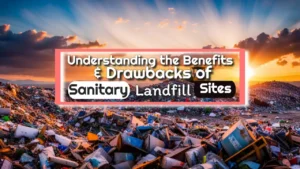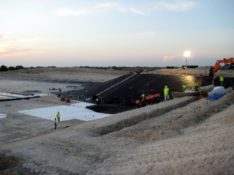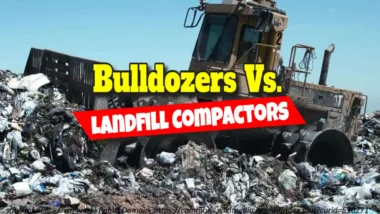Inert Waste Disposal and the Requirements for Acceptance Testing
The definition of inert waste in the UK, is very restricted by the waste regulations to ensure that when inert waste is disposed to land it will not produce pollution as contaminated groundwater or polluted run-off.
This is important as substantial volumes of inert waste remain which are disposed to regulated inert waste landfills.
These sites are licensed to accept inert soils, clays, excavation materials and inert construction and demolition wastes.
All inert landfill sites are regulated by local planning authorities (eg County Councils) and the Environment Agency (EA). Once a location is licensed for inert waste disposal, the next stage is acceptance testing of the material to be disposed to that inert waste landfill.
Acceptance Criteria – Establishing “Is my waste inert?
In principle, the EA guidance defines “inert waste” as material having insignificant leachability and pollution content which will not require laboratory analysis, so by definition this material would not be capable of causing environmental pollution. However, the problem arises from “other materials”, in the waste.
“Other Materials” in Inert Waste
The recurring problem with inert waste is that construction and demolition wastes almost always contain other materials. The guidance on inert waste states that it “..shall not contain other material or substances such as metals, plastics etc”.
However, the Waste Management Licensing guidance does allow selected construction and demolition waste from known sources containing “low contents of other materials (eg metals, plastics, organics, wood, rubber, etc.)”. Provided that these materials must be removed from the waste before burial, and that there has been no cross-contamination of these materials into the remaining material.
It is hoped that this will continue as pollution prevention legislation is brought in.
To contact us for expert assistance with acceptance criteria click here.
Inert Waste References:
No. 1056 Waste Management Licensing Regulations 1994
No. 1559 Landfill (England and Wales) Regulations 2002
Landfill Directive Regulatory Guidance Note 2, EA (Version 4), Nov. 2002
Landfill Directive General Regulatory Guidance Note (Version 1, August 2003)
Assessment of Risks to Human Health from Land Contamination EA (March 2002)
Licensed Waste Management Facility Site Inspection Methodology and Consistent Scoring Guidance
Waste Management, “The Duty of Care: A Code of Practice”; ISBN 0-11-753210-X published by HMSO, March 1996
Comments on wastes which may be “Inert Waste” include:
- selected demolition waste – although the preferred option is to re-use and recycle this material;
- construction waste – may be inert if suitably source selected/segregated. Recycling and reuse is preferred, but the small quantities generated by many building sites often makes this uneconomic;
- uncontaminated soils and subsoils – not normally classified as a waste if reused;
- highways carriageway waste (scrapings etc) is not listed in Table 1, as it is usually classified as hazardous unless subject to leaching tests as heavy trafficking results in contamination from tyre and oil residues etc.
FAQs
1. What is the definition of inert waste in the UK?
In the UK, the definition of inert waste is very strict. It must not produce pollution as contaminated groundwater or polluted runoff when disposed of in a landfill.
2. What types of waste are typically considered inert?
Inert soils
